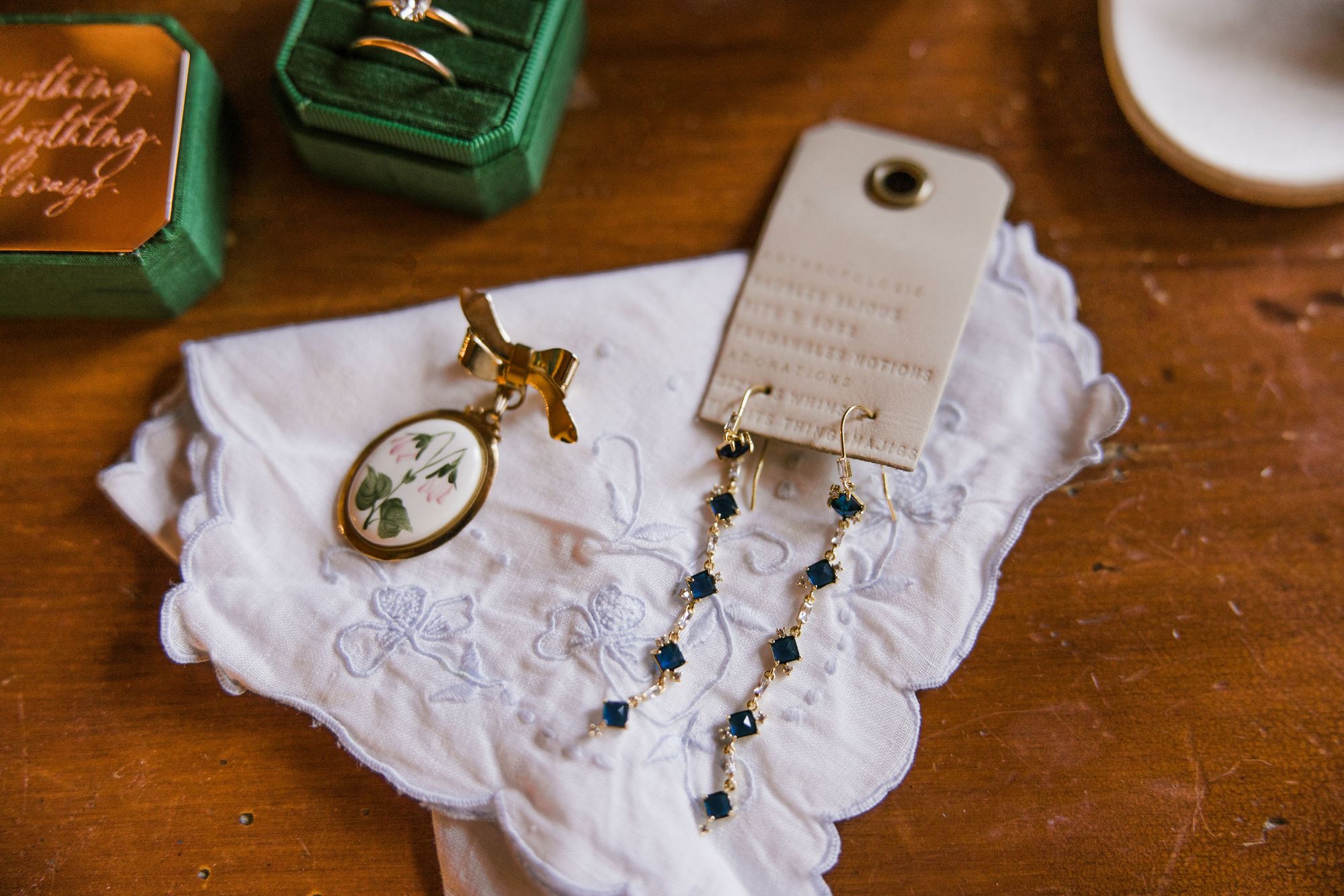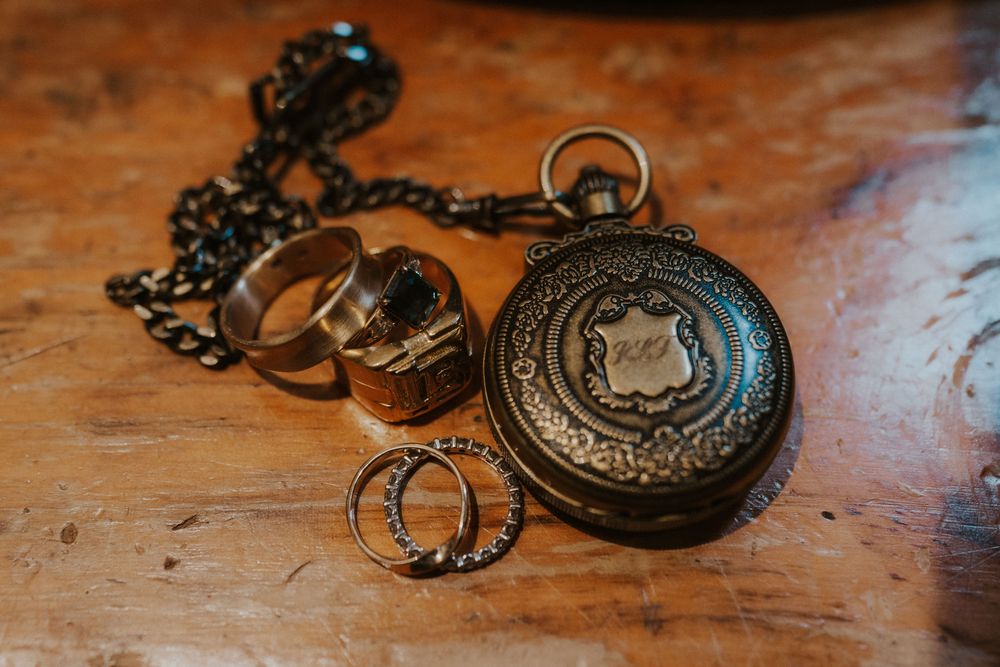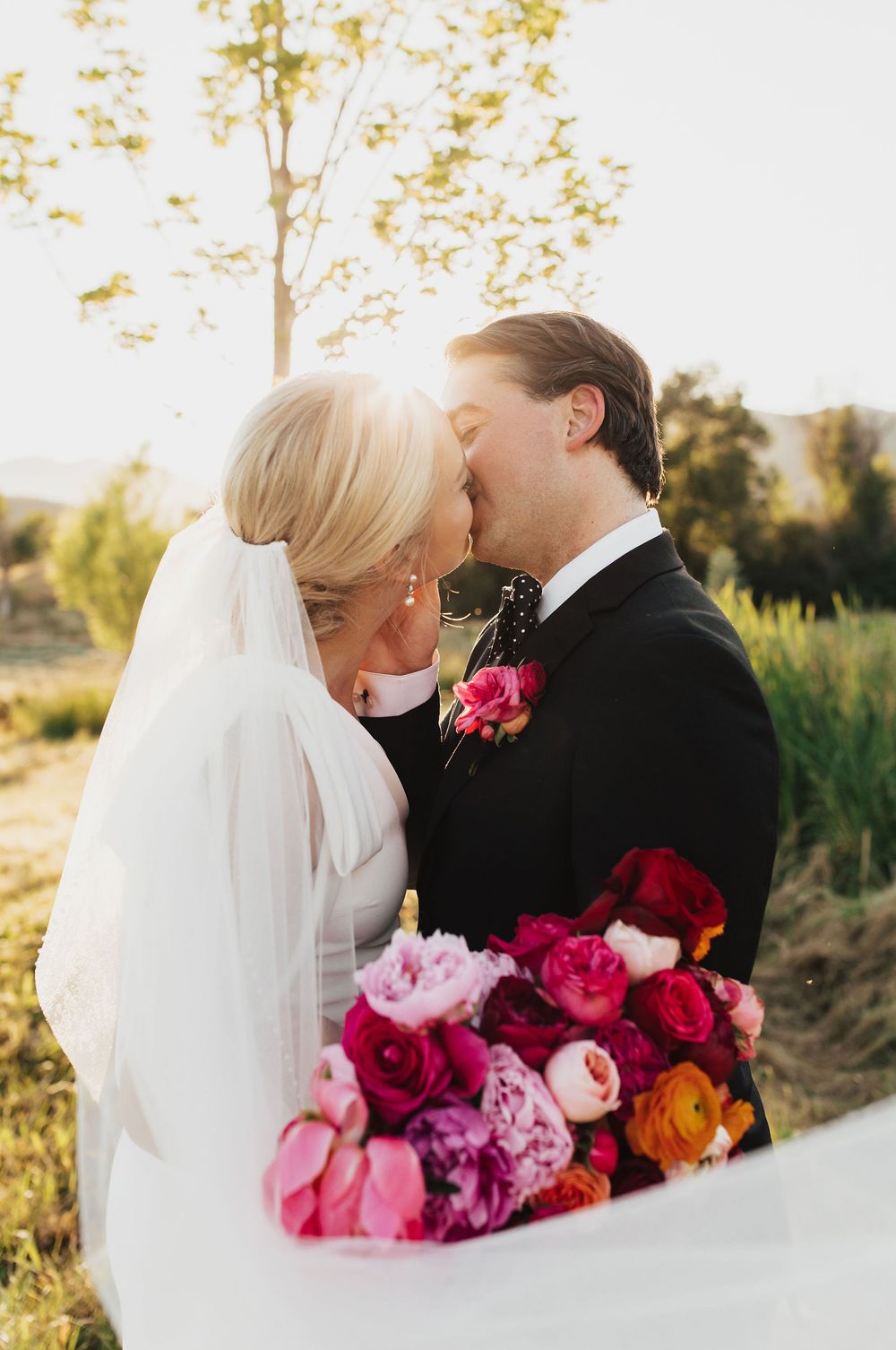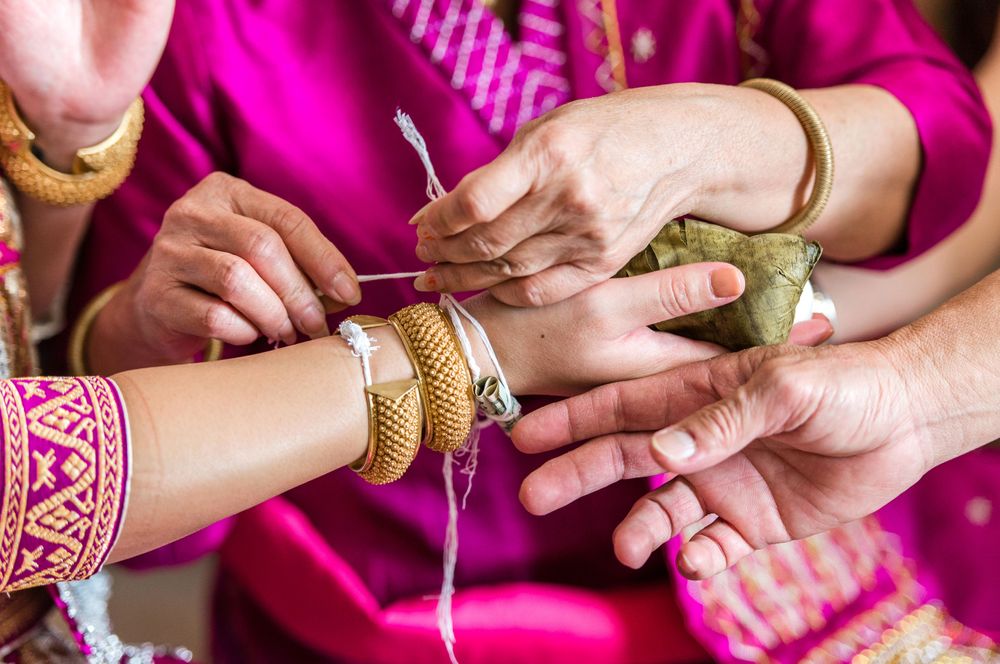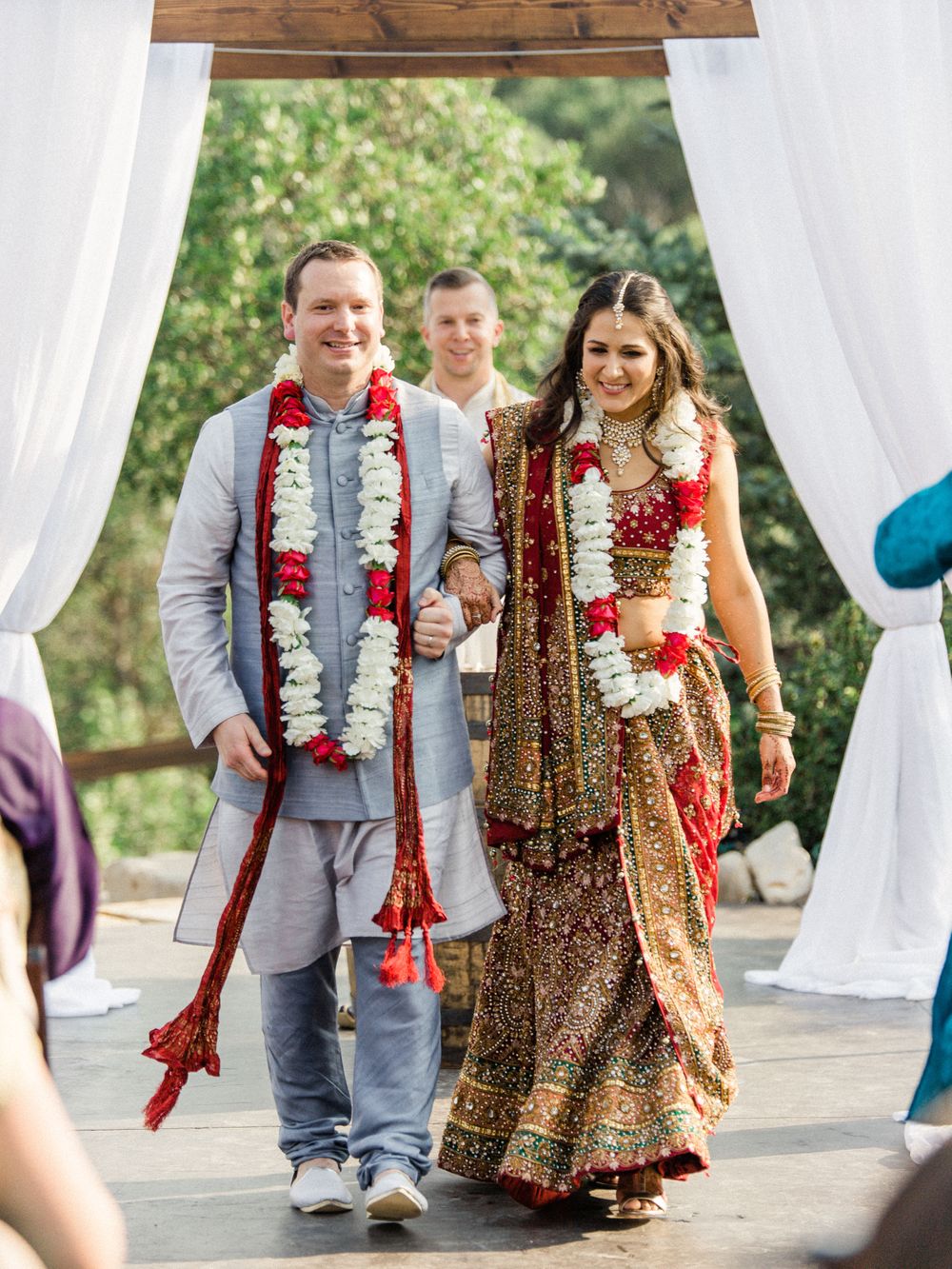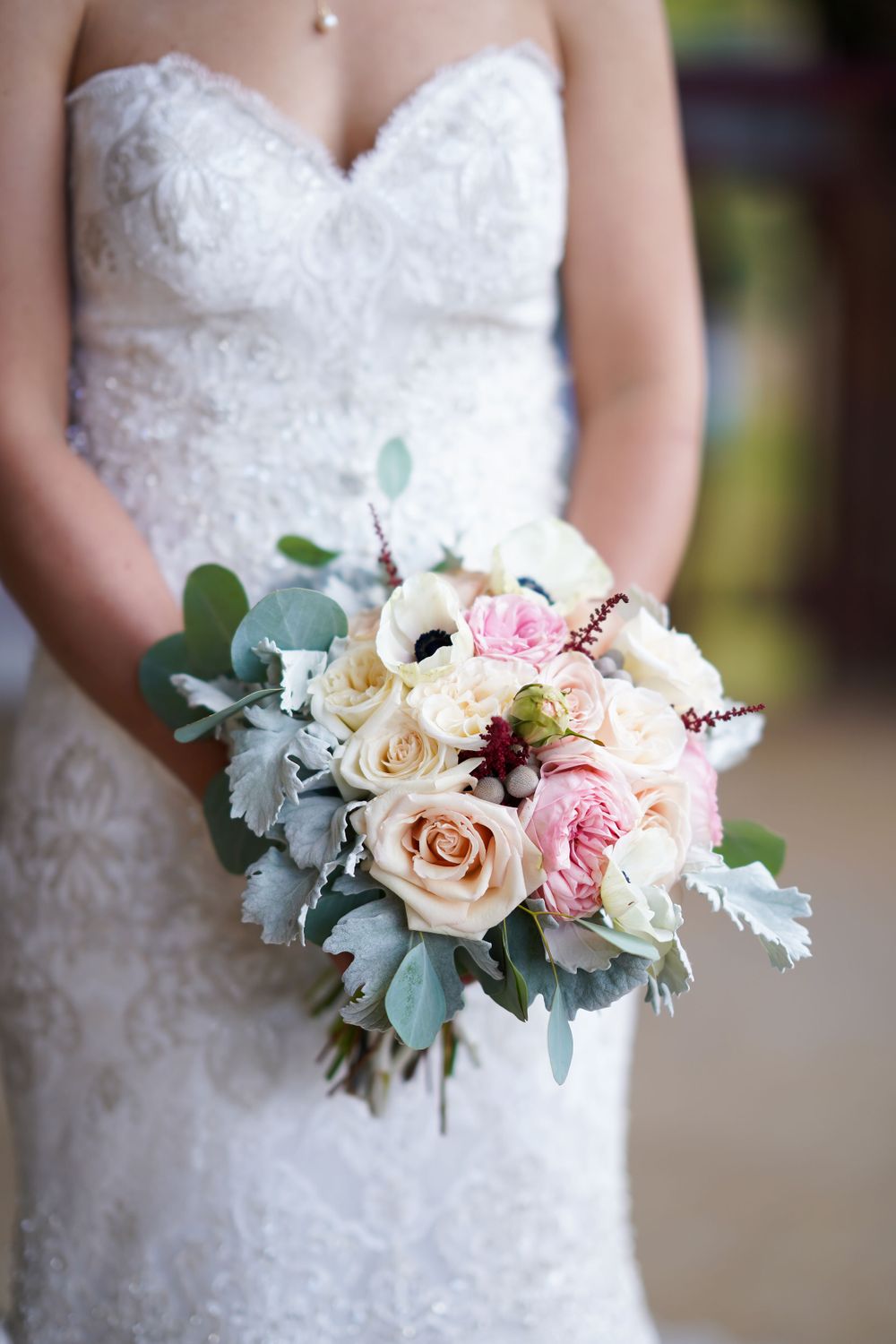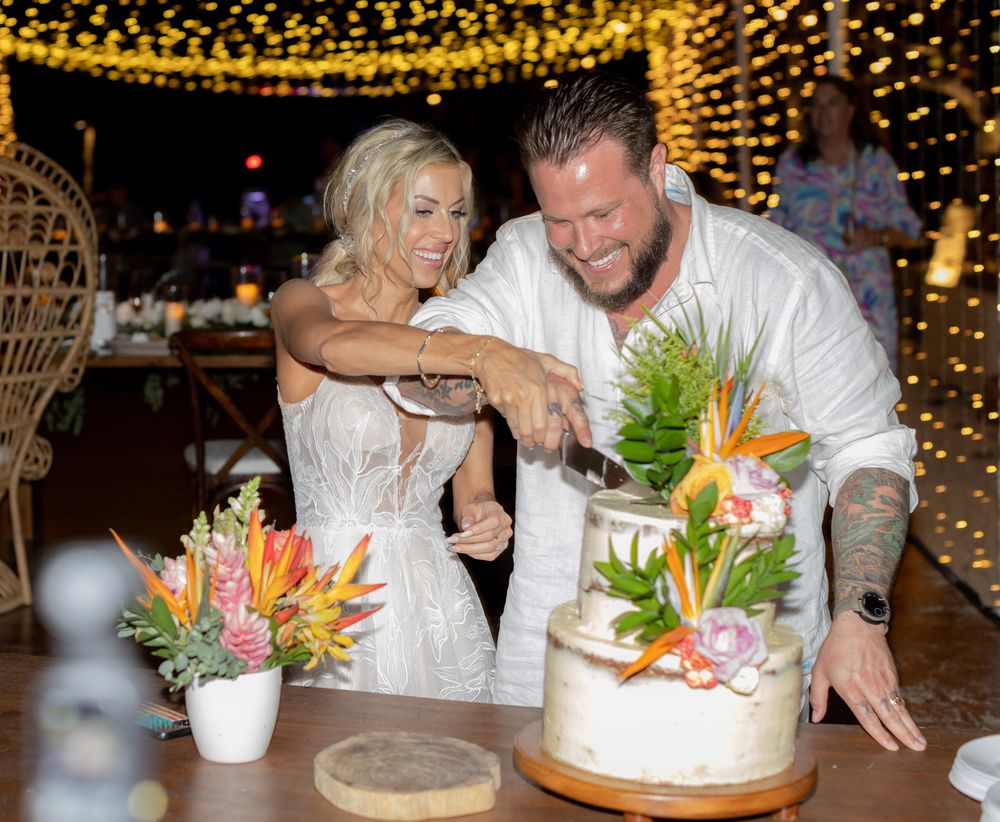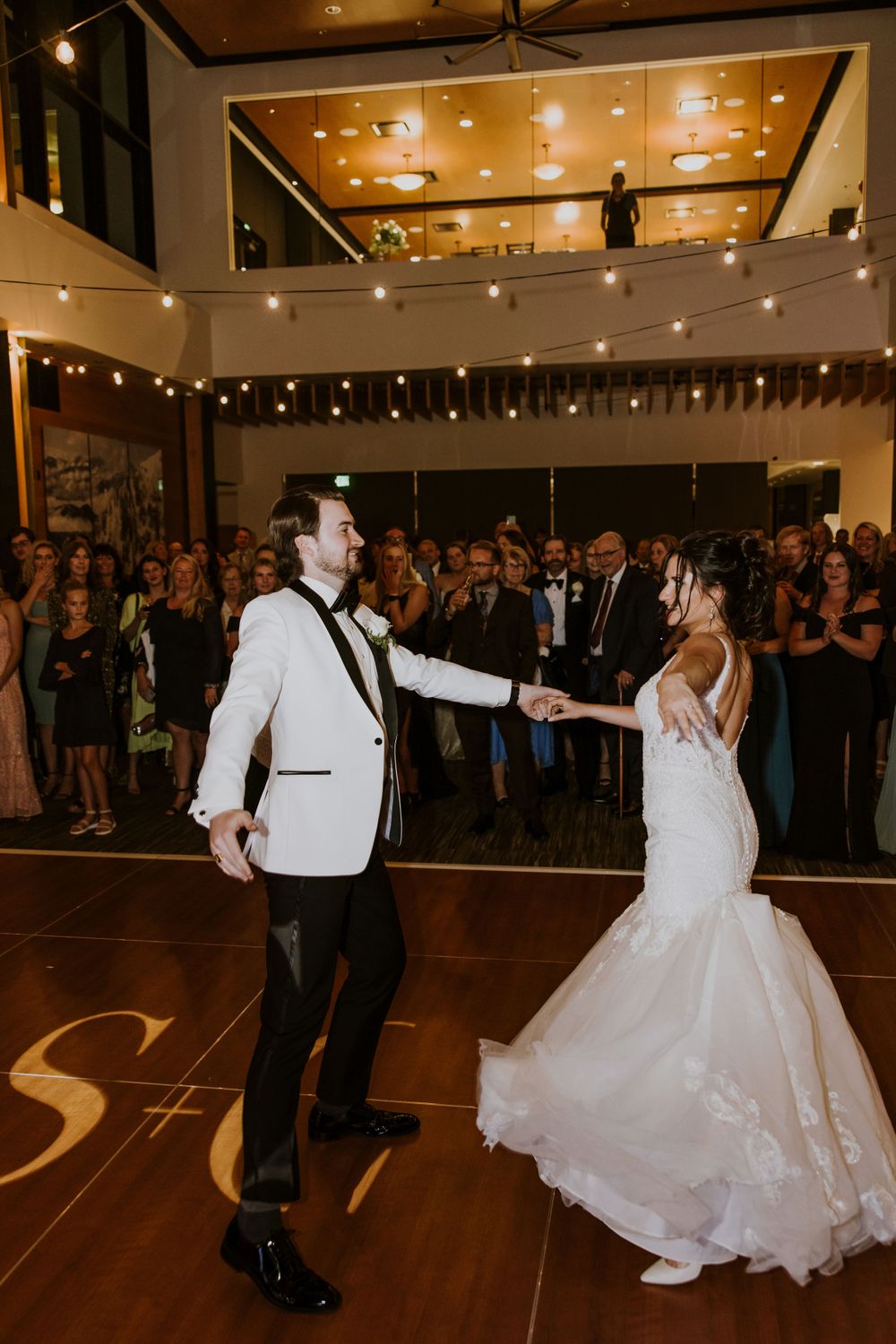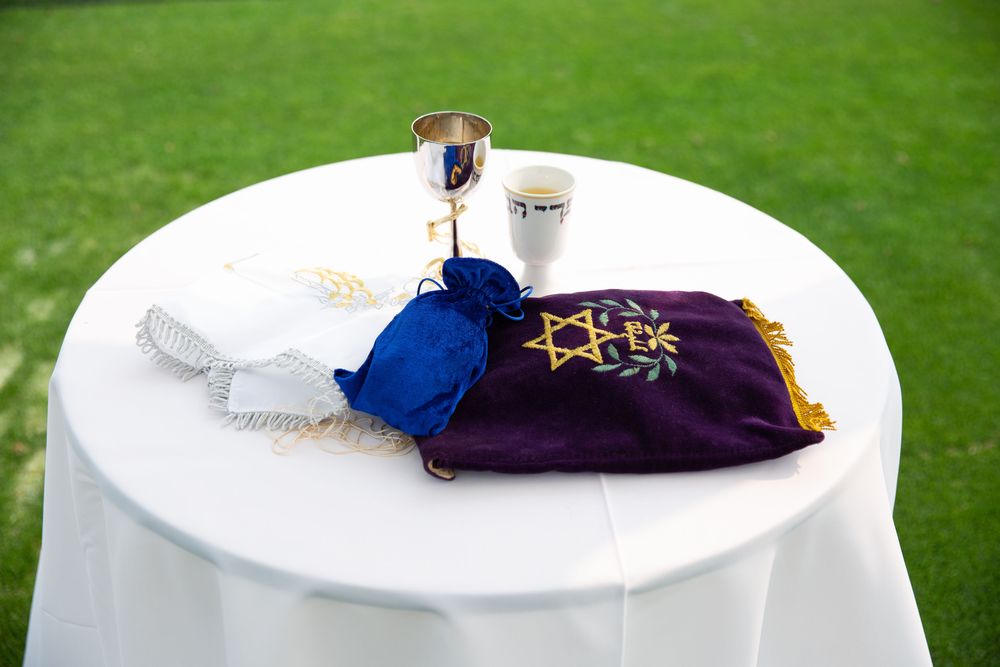Weddings are deeply symbolic events, shaped by a rich history of cultural, religious, and familial customs. From the attire to the ceremony and the celebrations that follow, every aspect of a wedding carries its own meaning and significance. Wedding traditions vary widely around the world, but many share common themes of love, commitment, and the celebration of a new life together. Here’s a little refresher as to the meaning behind some of the traditions we practice, as well as, different traditions from other cultures.
1. The Bridal Attire
White Wedding Dress: The tradition of wearing a white wedding dress was popularized by Queen Victoria of England when she married Prince Albert in 1840. Since then, white (or ivory) has come to symbolize purity and innocence. However, today, brides may choose to wear any color that suits their personality, including red, blue, or even black, depending on cultural or personal preferences.
Veil: The bridal veil is another tradition that dates back centuries. In ancient times, it was believed that the veil would protect the bride from evil spirits. The tradition also symbolizes modesty and the bride’s transition from a single woman to a married one.
2. Something Old, Something New, Something Borrowed, Something Blue
This popular rhyme represents the four items a bride is traditionally encouraged to have on her wedding day to bring luck and happiness:
Something Old: Represents continuity and the bride’s connection to her past. It is usually represented by a piece of jewelry, a handkerchief or even a wedding dress. For the groom it could mean a pocketwatch or cufflinks from a father or grandfather
Something New: Symbolizes the couple’s new life and future together. The easiest part to get because it includes the dress, shoes, veil or jewelry.
Something Borrowed: Often borrowed from a happily married friend or family member, it symbolizes the transfer of good fortune and blessings for a successful marriage. This could be a hanky, jewelry or hairpin
Something Blue: Represents fidelity and loyalty, and in some cultures, it is believed to ensure a long-lasting marriage. This could be represented by jewelry, garter, or keepsake.
3. The Ring Exchange
Western Tradition: The exchange of wedding rings is one of the most universal symbols of marriage, representing eternal love and commitment. The circle of the ring symbolizes infinity, with no beginning or end.
Eastern Traditions: In some cultures, rings are exchanged, but the ceremony might include additional elements, like tying a "sacred knot", usually around the wrists, or making offerings to deities.
4. The First Dance
The bride and groom often share their first dance as a married couple. This moment is often followed by a celebratory dance with family and friends. It’s seen as a way for the couple to share a private, meaningful moment in front of their loved ones.
In some cultures, this may be preceded by a "family dance," or a special dance with parents. Typically the groom with his mother and the bride with her father.
5. The Father’s Role and Giving Away the Bride
In many Western weddings, it is customary for the father (or a significant male relative) to “give away” the bride, symbolizing her transition from her family of origin to her new life with her partner. This gesture dates back to the days when marriages were often arranged and the father’s consent was required. In modern times, the act is often seen as a gesture of support and a way of honoring the bride’s parents.
6. Throwing Rice or Confetti
This tradition is found in many cultures, with guests throwing rice, flower petals, or confetti at the couple as they exit the ceremony. The act symbolizes fertility, prosperity, and the couple’s new life together. In some places, rice is seen as a symbol of abundance, while in others, the color or type of confetti thrown carries specific meanings (e.g., white for purity, or pink for love). In modern weddings they have included leaves, birdseed, bubbles or sparklers.
7. Cultural Variations in Wedding Traditions
Indian Weddings: In Indian culture, weddings are elaborate affairs that can span several days. One common tradition is the exchange of garlands (known as "jaimala") between the bride and groom. This is followed by various rituals such as the "saptapadi" (seven steps around a fire), symbolizing the couple’s vows and promises for the future.
Chinese Weddings: In Chinese tradition, the color red symbolizes luck and prosperity, so brides often wear red instead of white. One key wedding ritual is the tea ceremony, where the bride and groom serve tea to their elders as a sign of respect and to receive blessings.
Greek Weddings: The exchange of crowns, known as "stefana," is an important tradition in Greek weddings. These crowns, often made of flowers or metal, symbolize the couple’s unity and their role as the "king" and "queen" of their new household.
Jewish Weddings: A Jewish wedding includes the breaking of the glass, symbolizing the destruction of the Temple in Jerusalem and reminding the couple that even in moments of joy, they should remember past hardships. The groom also places a ring on the bride’s finger as part of the ceremony, signifying the formal bond of marriage.
African-American Tradition (and others): In some cultures, couples jump over a broomstick as a symbolic act of sweeping away their old lives and entering a new life together. It also represents the couple's commitment to building a home and family.
Mexican and Filipino Tradition: A lasso, often made of rosary beads or flowers, is placed around the couple’s necks after their vows are exchanged. The lasso symbolizes the couple’s union and their bond of love and commitment. This tradition is often combined with other religious or cultural practices.
South Asian Tradition: Before the wedding, the bride often has intricate henna designs painted on her hands and feet. This ceremony is a celebration of beauty and femininity and is a gathering of close friends and family to mark the bride’s transition into married life. The intricate patterns are believed to bring good luck, and the darker the henna stains, the stronger the marriage is believed to be.
Western Tradition: The bride and groom each take a candle and light a larger "unity candle" together, symbolizing the joining of their lives. This ritual is popular in Christian ceremonies and may be accompanied by prayers or music. In some variations, the couple may also light the candle from two separate candles, typically lit by the groom and bride’s parents.
- 8. Reception Traditions
Cake Cutting: The cutting of the wedding cake is another beloved tradition. It symbolizes the couple’s first task together as a married couple. The groom traditionally feeds the bride a piece of cake, symbolizing their shared future.
Bouquet Toss: The bride traditionally throws her bouquet into a crowd of unmarried women. The person who catches it is said to be the next to marry.
Garter Toss: The groom removes a garter from the bride’s leg and tosses it to a group of single men. The man who catches it is believed to be the next to marry. Both of these traditions are fun ways to get guests involved and create a celebratory atmosphere at the reception.
The couple seals their vows with a kiss at the end of the ceremony. It is a public declaration of love and affection, and in many cultures, it's the moment when the couple is officially declared married.
In some traditions, a "kiss of peace" is exchanged between guests, as a symbol of unity and goodwill.
Wedding traditions vary widely across cultures and regions, but they all share a common theme: the celebration of love, commitment, and the start of a new chapter in life. These rituals, whether symbolic or celebratory, connect the couple not only to each other but also to their families, communities, and cultural heritage. Whether a wedding is steeped in age-old traditions or includes modern touches, it remains one of the most significant moments in a person’s life, filled with joy, hope, and promise for the future.

